Creative Financing in Real Estate: Unlocking Deals with Out-of-the-Box Strategies

Creative Financing in Real Estate: Unlocking Deals with Out-of-the-Box Strategies
In today’s high-interest, low-inventory market, savvy investors and buyers are getting creative to make deals work—without always relying on traditional bank financing. Enter creative financing—a toolkit of flexible, often win-win strategies that open the door to ownership or cash flow without large down payments or rigid lending guidelines.
Below, we break down eight powerful creative financing strategies and how they work:
1. Lease Purchase (Rent-to-Own)
A lease purchase combines a rental agreement with an obligation to purchase at the end of the lease term.
How it works:
-
Buyer (tenant) agrees to lease the property and makes monthly rent payments.
-
A portion may be credited toward the purchase.
-
At the end of the lease (typically 1–3 years), the buyer is required to buy at a pre-agreed price.
Why it works:
-
Buyers lock in a price while building savings or credit.
-
Sellers earn rent and delay capital gains or other sale obligations.
2. Lease Option
A lease option is similar to a lease purchase, but the buyer has the option—not the obligation—to buy.
Key difference:
-
Flexibility for the buyer to walk away without penalty (besides forfeiting the option fee).
Ideal for:
-
Buyers who aren’t 100% committed or need time to assess the property or market.
3. Contract for Deed (Land Contract)
With a contract for deed, the seller acts as the lender but retains legal title until the full purchase price is paid.
Structure:
-
Buyer makes installment payments to the seller (often with interest).
-
Once paid off, the seller transfers the deed.
Pros:
-
No traditional mortgage approval needed.
-
Faster closings and more flexibility on terms.
Caution:
-
Buyer doesn’t hold legal title until the end—less protection in case of default.
4. Seller Financing (with Deed of Trust)
Here, the seller finances part or all of the purchase and the buyer takes title at closing. The loan is secured by a deed of trust or mortgage.
Why it’s attractive:
-
Custom terms: down payment, interest rate, and amortization are negotiable.
-
Lower closing costs and faster approvals.
-
Great for sellers with substantial equity and buyers who don’t qualify traditionally.
5. Subject-To Financing (Subject-To the Existing Mortgage)
A “subject-to” deal means the buyer takes control of the property subject to the seller’s existing mortgage staying in place.
What happens:
-
Buyer makes payments on the seller’s loan.
-
Deed transfers to buyer, but mortgage remains in seller’s name.
Why it’s powerful:
-
No need for new financing.
-
Often better interest rates on older loans.
-
Quick closings.
Risks:
-
Lender may call the loan due (due-on-sale clause), though this is rare if payments are current.
6. Assumable Loans
In an assumable loan, the buyer formally takes over the seller’s mortgage with lender approval.
Best candidates:
-
VA, FHA, and some USDA loans.
Benefits:
-
Take advantage of the seller’s low interest rate.
-
Reduced closing costs.
Note:
-
Lender qualification required.
-
May need to cover equity with cash or secondary financing.
7. Sandwich Lease Option
This strategy is popular among investors and wholesalers.
How it works:
-
You lease a property with the option to buy from the seller.
-
You then sublease it to a tenant-buyer at a higher rent and higher future sale price.
You profit from:
-
The rent spread.
-
The option fee.
-
The price difference at closing.
Risks:
-
Must manage both sides (landlord and seller).
-
Legal clarity is key to avoid disputes.
8. Option Agreements
An option agreement gives the buyer the exclusive right (but not obligation) to purchase within a set timeframe and price.
Why it’s useful:
-
Lock in a deal while lining up financing or evaluating the market.
-
Can be wholesaled or assigned for profit.
Bonus use:
-
Great for land development, where time is needed for due diligence and approvals.
Final Thoughts: Creative Financing is About Flexibility and Strategy
Whether you're a first-time homebuyer, investor, or someone with less-than-perfect credit, creative financing strategies offer new paths to real estate ownership or control.
The key?
-
Understand each strategy’s pros, cons, and legal risks.
-
Work with experienced professionals—a real estate attorney, agent, or mentor can protect your interests.
💡 Looking for Deals That Fit Creative Financing?
Contact us to discuss options on creative real estate solutions that may work for you.
Connect with us to discuss creative financing options.
Categories
- All Blogs (33)
- banking (7)
- building (1)
- buying (11)
- credit (4)
- development (1)
- finances (17)
- flipping (2)
- homebuyer (8)
- househacking (4)
- infinitebanking (1)
- insurance (1)
- investing (21)
- land (1)
- luxury (1)
- real estate (24)
- reit (1)
- renting (2)
- retirement (7)
- savings (3)
- secondhome (1)
- selfdirectedIRA (2)
- sellers (2)
- staging (1)
- taxes (1)
Recent Posts
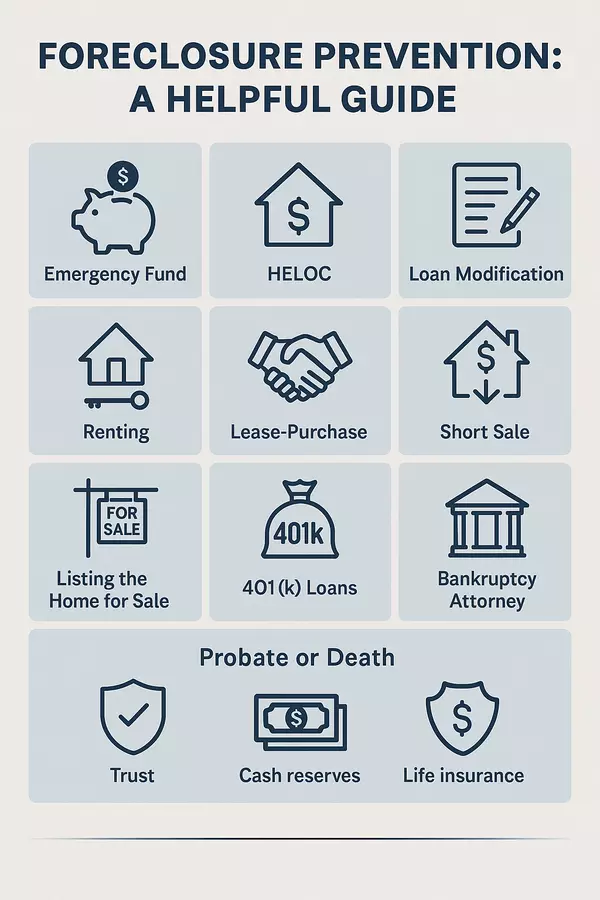

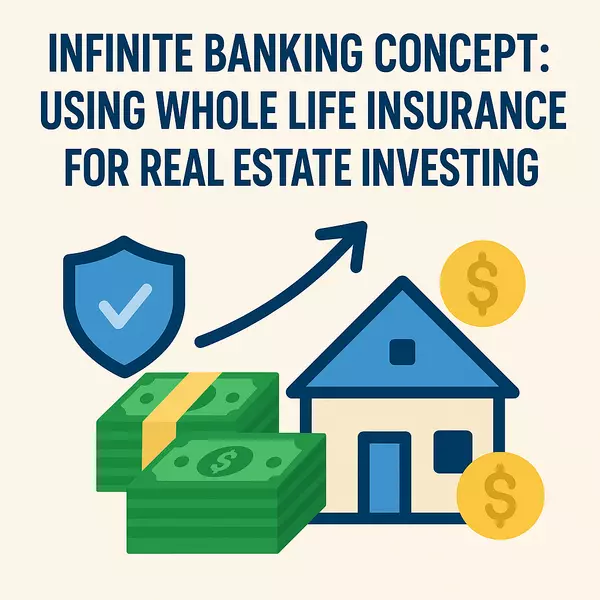
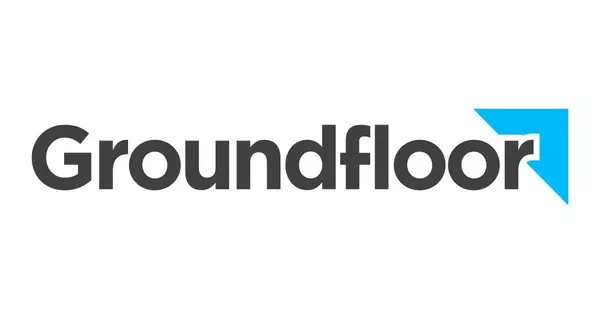
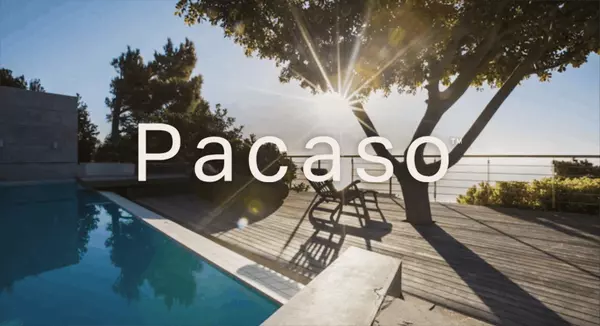
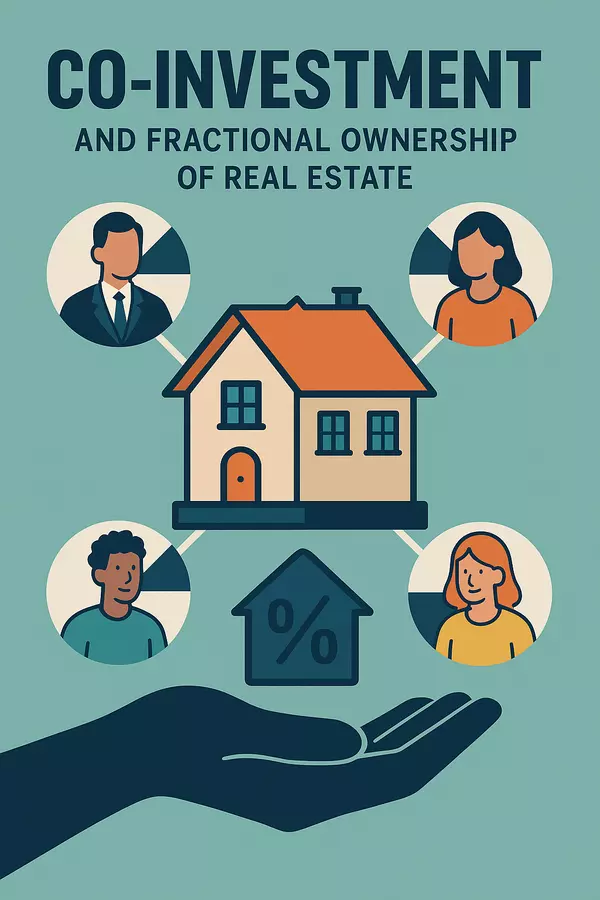
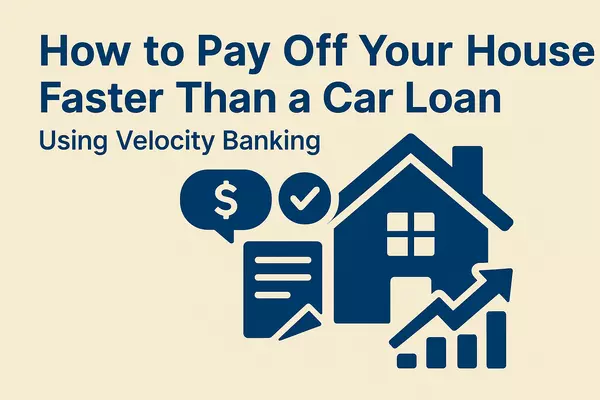


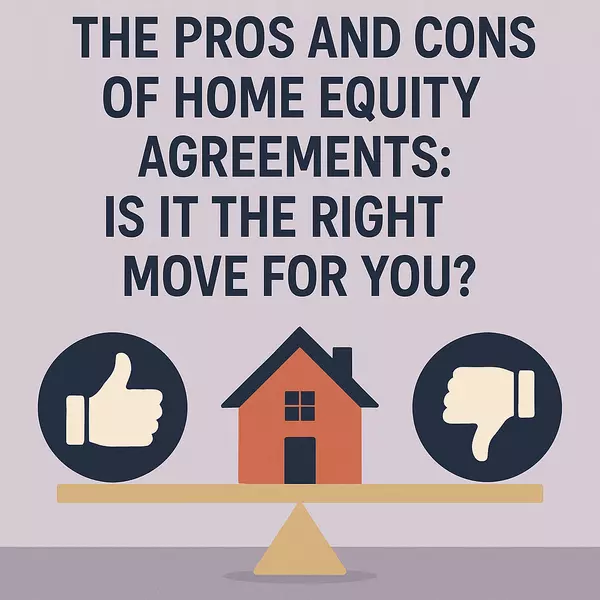
GET MORE INFORMATION

